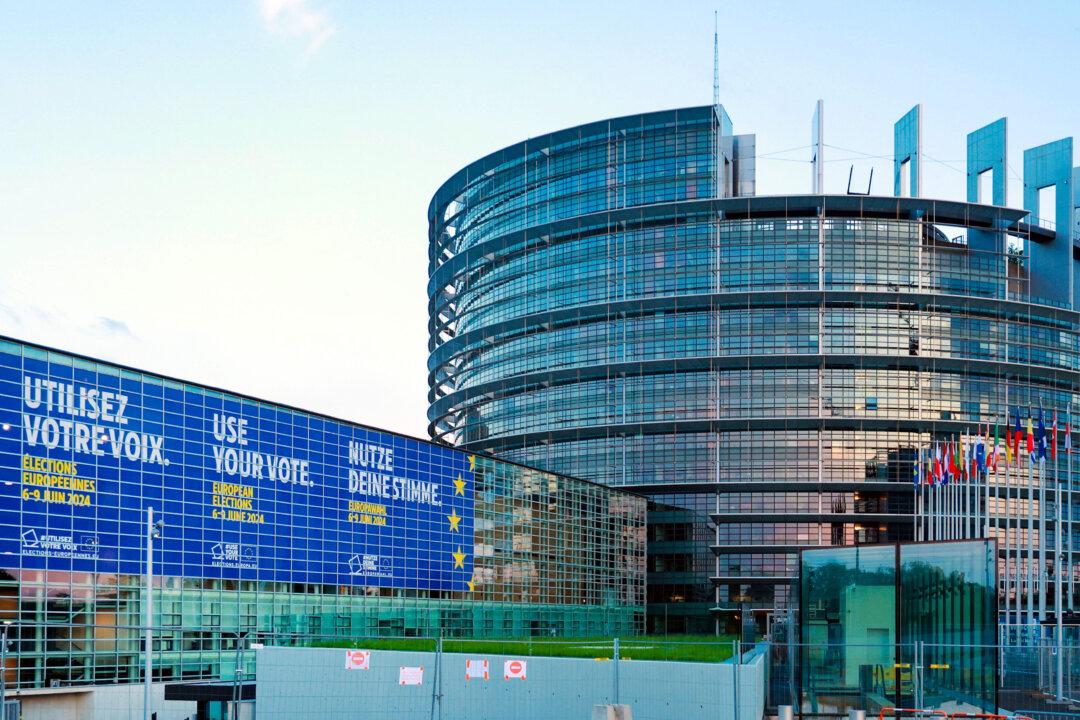European Union lawmakers approved a revamped immigration system on April 10 after several years of negotiations.
Members of the European Parliament (MEPs) adopted the new Migration and Asylum Pact, intended to reform the EU’s immigration law, as agreed with its member countries, in hopes of managing illegal immigration into the union, according to a statement.





